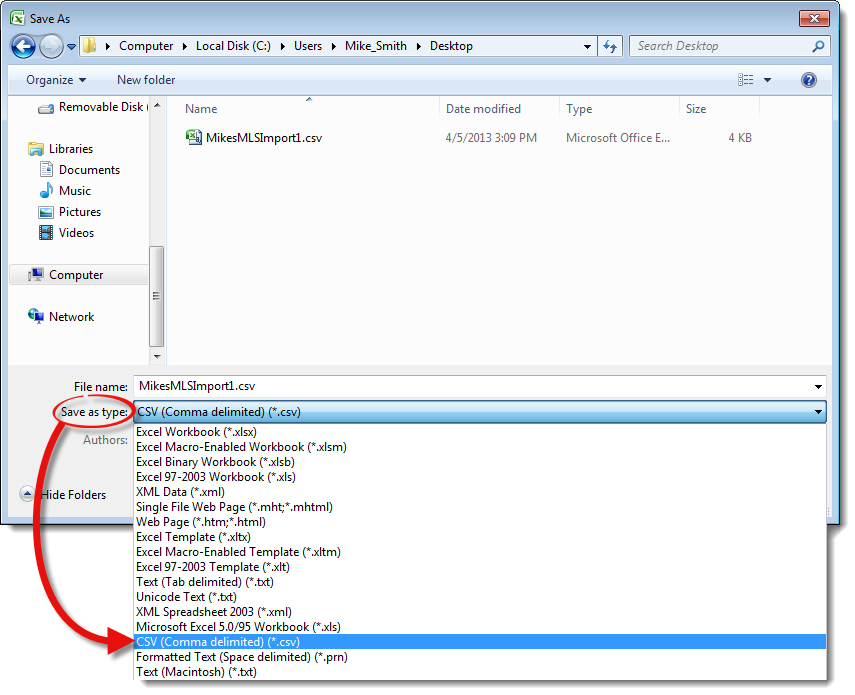
#Export csv to quicken update
When you update products using a CSV file, the only required columns are Handle and Title.Įven though the Title and Handle columns are the only required columns when you update products using a CSV file, the data in some columns depends on the data in other columns.įor example, if you update a column that is related to variants, such as Variant SKU or Variant Grams, then the data in those columns depends on the data about the corresponding variants. When you create a product CSV file to import new products, the only required column is Title. These columns must be present under the following conditions: If you use Excel to edit your CSV, then check Excel's export settings when you export the CSV to ensure that your file uses commas between values. The first line of your product CSV file must be the column headers as specified in the product CSV description table.Įach column must be separated by a comma. Formatting the product CSV fileįor your product CSV file to function correctly, verify the that it meets the following criteria:

If you use multiple locations and you want to import or export inventory quantities, then use the inventory CSV file.īefore you use a product CSV file, review the following considerations. The sample file includes the Variant Inventory Qty column, which is only used for stores that have a single location.

If you use the sample file to create your own import file, then make sure that you remove all the example products. Your import file probably contains many more products and variants. The sample file contains an example product and a couple of variants.
#Export csv to quicken download
You can download and view a sample product CSV file to use as a template. This can be helpful if you want to exchange product information between Shopify and another system. By using a CSV file, you can import or export a large number of products and their details at one time. You use a CSV (comma-separated values) file to import products into your Shopify store, and to export products from your store.


Once you can see the transactions you'd like to export, you're ready to go. See also the help topic Finding transactions. You can also filter your register to a specific date range, transaction type, or transaction status. You can search all visible fields (default) or limit your search to specific fields such as Category, Payee, Notes, etc. While viewing any register you can use the Search field in the top, right corner of the register to search/filter the register being viewed. You can easily export transactions from any account register or multi-account register to a Comma-Separated Value (CSV) file, which can be opened in spreadsheet applications like Numbers and Excel.


 0 kommentar(er)
0 kommentar(er)
